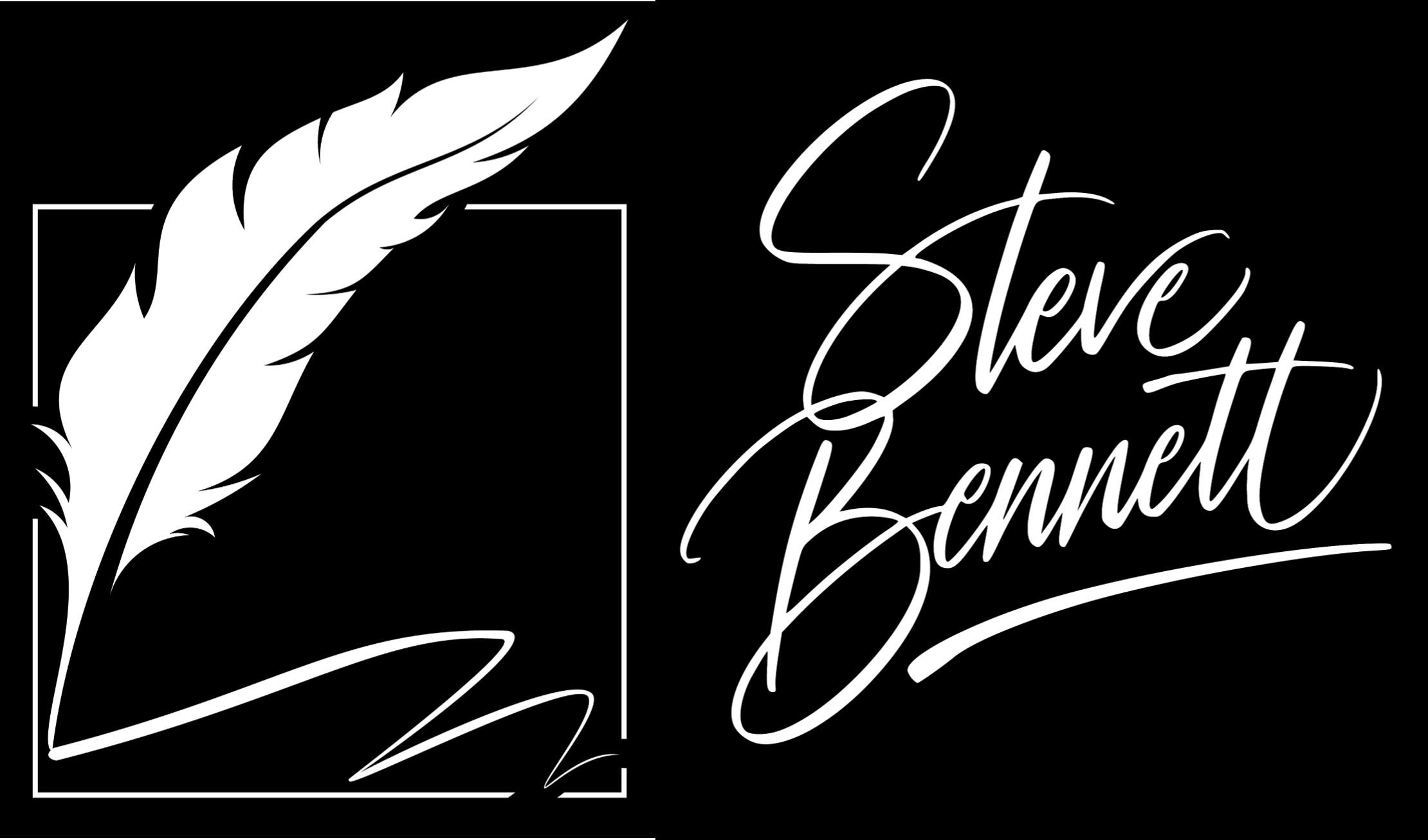
WHAT'S YOUR STORY?

WHAT'S YOUR STORY?
By Steve Bennett 1st September 2022
Brené Brown has famously said,
"you either walk inside your story and own it, or stand outside your story and hustle for your worthiness."
People love talking about themselves and understanding their story will tell you:
a) What they’re passionate about
b) What motivates them
c) What their pains or problems are
d) What their goals are
Whilst there are many experts out there who have their own preference for framing a story, what follows is a simple four ‘C’s method you might like to consider.
1. Character: A main character gives the story focus and personality. Character development describes changes that a character undergoes during the course of the narrative.
2. Context: Context provides the framework for a story. Both internal and external context must be considered.
Internal context sets the scene for the story. Having identified your main character, internal context should explain the story’s background and setting, as well as its atmosphere, mood, and characteristics. Where is your character, In an office, travelling in the car, at home? Are they in their office being reprimanded for failing to meet expectations? Internal context should answer these questions and more.
External context, is all about the person receiving the story. A story is only as compelling and successful is so far as the person hearing it feels that it resonates with their own experiences. A story that’s all about you and bears no relevance to the experiences of the recipient may hit the target but completely miss the point.
3. Conflict: Every good story contains conflict and resolution. As you recall every great book you’ve ever read or great movie you’ve ever watched, you’ll see that it’s conflict that draws our attention and propels the plot forward.
4. Creation: Creation pulls together characters, context, and conflict into one comprehensive narrative.
Evaluating the Performance of Your Stories
Even the best storytellers and orators spend months — even years — testing new material to see how audiences react. While some stories will create powerful connections with listeners, others may fall flat.
The good news is that you’ll immediately know if your stories are working. If people are engaged, they’ll listen attentively, or if on video, will maintain eye contact, lean forward in their seats, make encouraging noises or give other positive signals. If they
aren’t, you’ll feel their lack of engagement in their limited responses, their shifting attention or their distracted glances at their phone.
Succeeding with Storytelling
Introducing storytelling into your communications can feel daunting. Straying from a more straightforward path involves putting yourself out there in ways that may or may not connect with listeners.
That said, it’s a great skill to practice. When it comes to intentionally influencing the feelings of others, there’s simply no better tool
in your arsenal than the good, old-fashioned story
WE ALL HAVE A STORY TO TELL, WHAT'S YOURS?
Free Sample of "The Criminal Mind"
Request a FREE copy of “The Criminal Mind” as a thank you for subscribing to my email newsletter.
If you love crime & suspense thrillers, you'll love this FREE report.
You’ll also receive occasional updates on new releases, including the follow-up books in the Valentina series.
I promise not to email you every day and you can unsubscribe at any time. I will never share your email address.
Contact Me
Office location
United Kingdom, StaffordshireSend us an email
[email protected]Other website
www.maximumhappiness.co.uk
